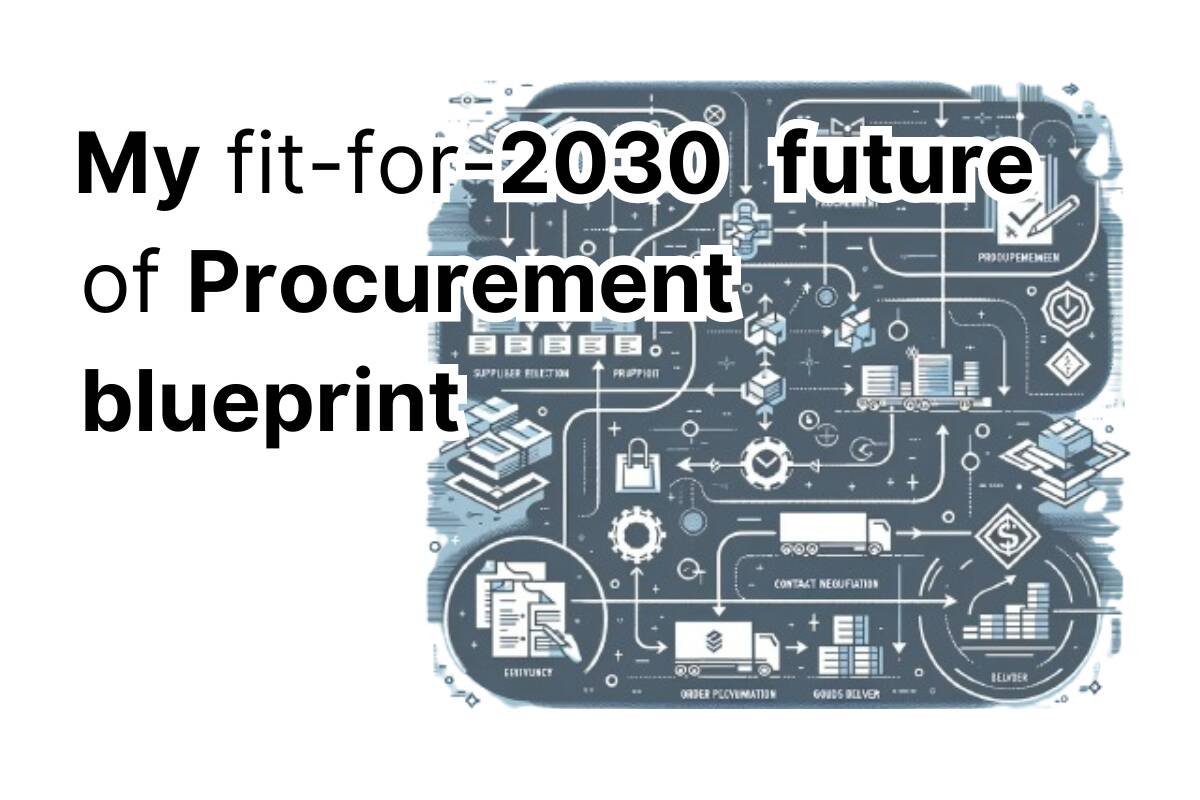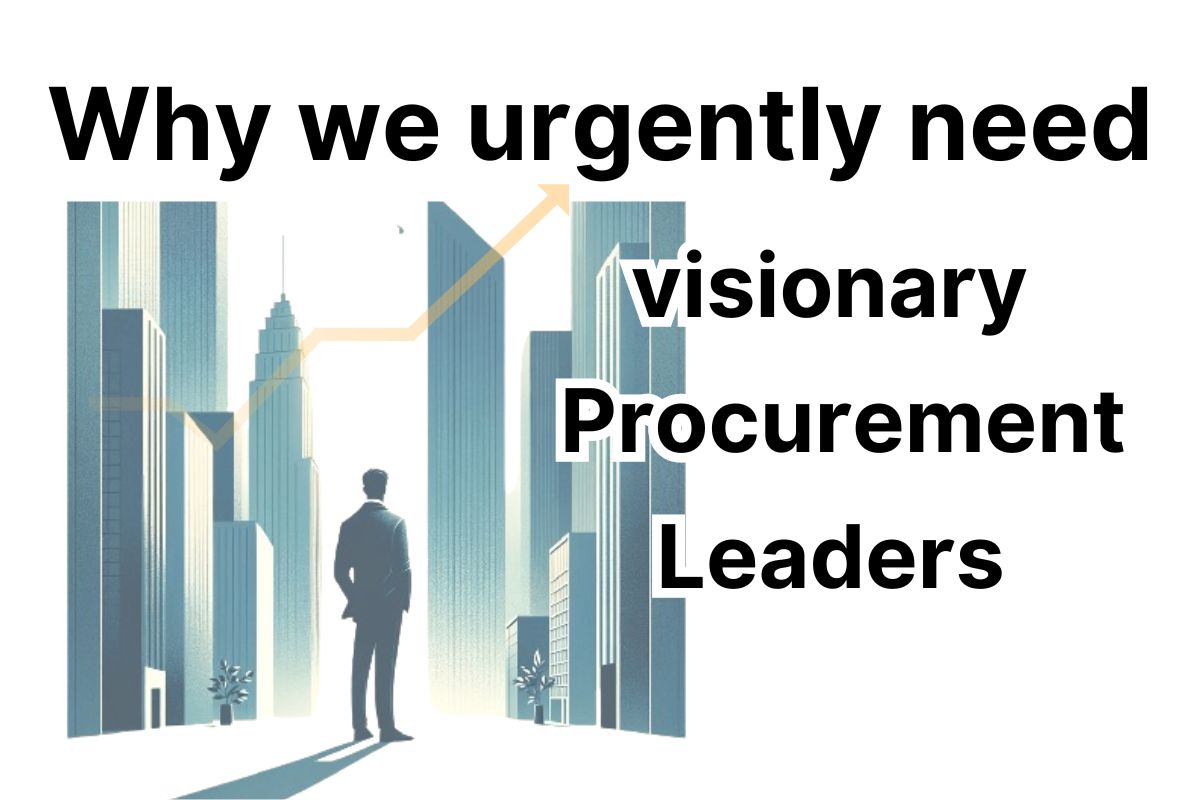Every business will have irregular spend, usually in the form of one-time, non-repeatable purchases. These can be difficult to track against budgets because of their unpredictability.
Free text POs are usually where your golden goose eggs can be found if you’re looking to quickly reduce your expenses.
Reduce costs and risk: Tackling free text purchase orders or after-the-fact POs
Before we tackle what these are and why they’re bad, let’s quickly look at the 3 main types of purchase order your organisation typically has.
POs for Materials
Raw materials and components parts used in manufacturing are usually inventoried and listed according to a bill of material (BoM). This means there is some master data created in the system which is both managed and maintained to a varying extent.
Because this impacts the marginal cost of production for each unit, most manufacturing companies have this well under control. While there are always cases where improvements can be made, parts and materials which form part of a BoM are usually predictable.
Any market price movements or commercial price adjustments are accounted for as purchase price variance (PPV) against standard costs set for the annual budget.
POs for Regular Services
Next up are regularly purchased services.
These usually fall into two categories:
- Monthly recurring expenses for ongoing services provided such as cleaning, security, forklift truck or company car leases, waste management etc.
- Annual (or sometimes quarterly) purchase orders for planned expenses. These typically include all of the various mandatory audits, fire system maintenance, annual services on lifts and automatic doors.
These expenses can often fluctuate depending on any additional service provision vs. what is agreed or included as the standard contractual service. However, it’s easy to check and monitor this against prior invoices and to adjust provisions accordingly.
Note that just because it’s EASY to monitor doesn’t mean that this IS monitored!
This leaves the remainder of your purchases, which will be free text orders. Let’s look at why these are bad when it comes to spend management and controlling expenses.
What is a Free Text Purchase Order?
A free text purchase order is dangerous because the quality of the data in the system is entirely dependent upon the person raising the requisition.
There is no master data behind it or clear definition of what is being purchased. The person raising the requisition (or writing the PO) can determine the text on the PO line.
This opens up the risk of having orders in the system which are complete garbage to anyone other than the person who made the purchase.
An Accounts Payable employee will find it impossible to reconcile the invoice with the PO.
Some infamous examples of free text PO descriptions:
“Sandwiches for customer meeting”
For how many people? For all we know, they could have ordered a king’s banquet for a 3 person meeting.
More to the point, the cost of sandwiches for a small customer meeting is negligible. The costs incurred in time and employee salaries to process an invoice means that the administrative waste is greater than the benefit of following a formal process.
“Maintenance technician for XYZ line”
Erm, okay.
Who? For what? For how long? What was their hourly rate? Did they charge any overtime? Did they provide an estimate of how long the job would take and was their time measured?
This is giving licence to the supplier to charge whatever they please and nobody is the wiser. It’s like having “rip me off” emblazoned on your t-shirt when you meet the supplier.
“Spares for line upgrade”
What spares? Was a quote issued? How much was each one individually? How much did they invoice for transport? If not, then how do we know the supplier isn’t charging double what they charged last time these were purchased? Or that they won’t pull this trick next time?
Again, an open invite for the supplier to overcharge, or for fraud to take place.
Or my absolute favourite….”Quote XYZ123”
If the quote isn’t attached or scanned and cannot be viewed together with the PO, then this is almost worse than the others. The others are just bad practice. Whereas this indicates that there IS a proper quote. It’s just been squirrelled away in someone’s email inbox rather than been properly itemised in the PO.
This is effectively saying “look, the supplier did provide a quote but I didn’t bother itemising my purchase requisition.”
Why are Free Text Purchase Orders breeding grounds for fraud?
Let’s take the examples above.
Except for the sandwiches example, all of these represent orders for significant purchases which could amount to thousands of dollars in total.
Having a vague description could quite easily be a cover for collusion between the supplier and the person raising the requisition. If measures are not taken to audit what’s actually been purchased (which can be tricky) then you’re potentially leaving this spend open to fraud.
For example, charging way above the market price for what’s been supplied. Easy to do when the description is so vague. Then invoicing a higher price and offering the requisitioner a kickback as a reward.
There is very little that procurement can do in this case because it is hard to prove one way or the other, unless there is an investigation.
Where your hidden spend management opportunities are buried
Most of your easy-to-implement savings or cost avoidance opportunities will almost certainly lie in the free text PO category.
Getting to grips with this and improving the housekeeping will improve your data. This will allow you to better understand what’s being spent, and to question any invoice line items you think look fishy.
How can spend management software can mitigate this?
Individual company credit cards
Having a spend management platform that issues credit cards and then provides line item transaction data, and reports against each employee’s spending enables accurate data to be captured. In the case of free text purchase orders, this wouldn’t be possible.
The beauty of this approach is that it allows detailed information on every purchase without the administrative workload of raising individual requisitions and purchase orders. Line managers can set budgetary limits for each employee based on their typical expenditure requirements.
There are numerous examples out there but Procurify stands out, due to their unique position of offering personalised company credit cards and at the same time offering market-leading, mobile app first purchase-to-pay software.
Catalogues
We’ve covered catalogues at length before, but for anything that’s a high volume, low value purchase from a frequently used vendor, it’s an easy way to get reliable, itemised spend analysis and consumption data.
What would otherwise be a hugely administrative process is simplified through enabling stakeholders to self-serve their buying needs. At the same time, they are using a preferred vendor where Procurement has negotiated pricing and conditions.
Guided buying
Similar to catalogues, guided buying provides the opportunity for Procurement to enable stakeholders to be “guided” towards the preferred supplier or product being purchased. More advanced solutions often make use of AI to suggest potential suppliers, based on the descriptions entered by requisitioners.
The beauty of this approach is that like with catalogues, the descriptions and pricing will be automatically populated when a choice is selected or an order is confirmed.
At the end, the result is the same. Previously unmanaged spend is brought under the control of Procurement. At the same time, purchasing data is enriched and improved at a line item level. Data is the new gold, as any big tech company will tell you.
Automated negotiation
Tools such as Pactum can automate the negotiation process through deploying AI and machine learning. This can help organisations to gain greater levels of spend visibility and control over their non-core purchases.
In doing so, it brings this under the watchful eye of procurement teams. This in turn can eliminate poor PO descriptions and the resulting potential exposure to fraud. An automated process utilising bots can establish pretty early on what is actually being purchased and negotiate the best cost.
Ensuring a fair price paid reduces the chances of stakeholders receiving kickbacks from suppliers and at the same time brings the spend under procurement management.
Drive compliance while plugging holes in your bucket
By eliminating free text purchase orders you will gain a number of advantages, thanks to reasonably priced procuretech solutions which are well within the reach of the average mid-market business.
- Eliminate potential fraud
- Improve your data quality
- Bring more spend under Procurement control
- Automate and implement a self-serve model to avoid the additional administrative workload that this would otherwise create
The necessary investment will pay back in weeks or months through productivity gains and through plugging holes in the leaking bucket that is your spend management process!


